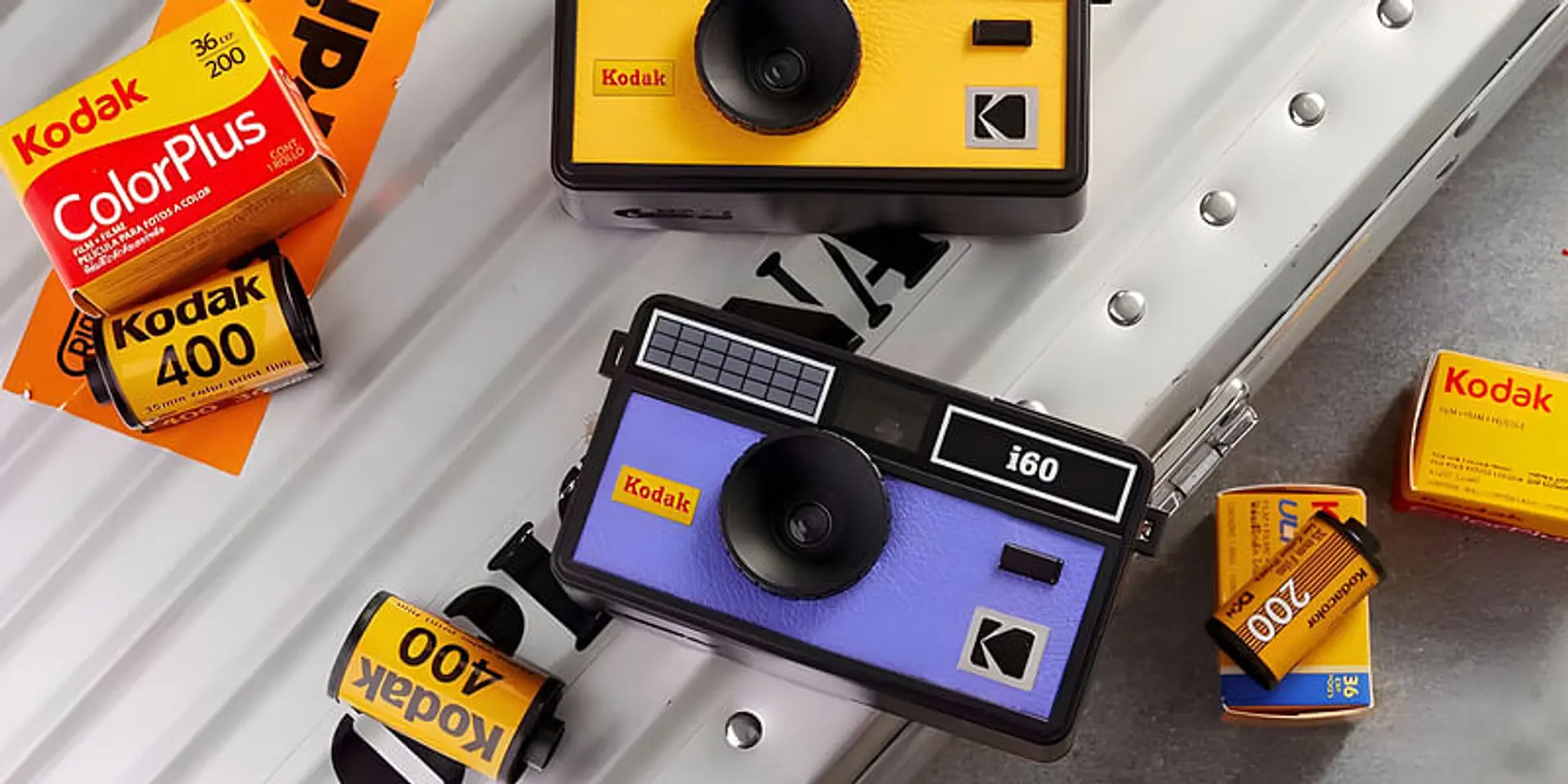The Fall of Kodak: How Ignoring Digital Technology Spelled Doom
The tragic tale of Kodak’s downfall: an insightful examination of how failing to innovate and adapt in the face of digital photography advancements resulted in corporate collapse.
Kodak, once the behemoth of the photography world, witnessed an unprecedented downfall due to its hesitation to embrace the digital revolution. Founded in 1888, Kodak was synonymous with photography, immortalising memories with its wide array of products. However, as the world transitioned to digital technology, Kodak's reluctance to adapt swiftly led to its eventual decline.
The Rise and Domination of Kodak
Kodak dominated the photographic film market for the better part of the 20th century. The company thrived by following a simple model: selling cameras inexpensively while generating profits from consumables like film, chemicals, and paper. In the 1970s, Kodak commanded an impressive 90% share of the American market for photographic film and 85% for cameras.
Initial Foray into Digital
Ironically, it was a Kodak engineer, Steven Sasson, who invented the first digital camera in 1975. However, Kodak's leadership viewed this groundbreaking innovation with skepticism. They feared that digital technology would cannibalise film sales, the company's primary revenue source. Thus, Kodak did not prioritise or heavily invest in advancing or marketing digital cameras.
The Digital Disruption
During the 1990s and early 2000s, the advent of digital technology began to irreversibly transform the photography landscape. Consumers started to prefer digital cameras due to their convenience, immediate photo viewing capabilities, and the ease of sharing pictures online. Many companies, including Sony and Canon, recognised this shift early and invested significantly in digital camera technology, eventually taking the lead in the market.
Kodak’s Reluctant Shift
Though Kodak did venture into the digital realm, it was often half-hearted and lacked the aggressiveness needed to compete with emergent rivals. The company continued to believe in the longevity of film, underestimating the rapid adoption and advancement of digital photography. By the time Kodak realized its mistake, it was already lagging behind competitors who had garnered substantial market share and technological edge.
Financial Turmoil and Bankruptcy
In the face of declining film sales and growing debts, Kodak's financial situation deteriorated. Despite making various attempts to reinvent itself by venturing into printers and digital cameras, it struggled to regain profitability. The decisive blow came in 2012 when Kodak filed for bankruptcy.
Kodak’s decline is a cautionary tale for businesses in all sectors. The company’s reluctance to embrace change and innovate proactively resulted in it losing ground to more agile and forward-thinking competitors. Kodak's downfall underscores the imperative for companies to anticipate, adapt to, and invest in technological advancements promptly and decisively.







